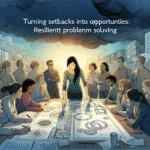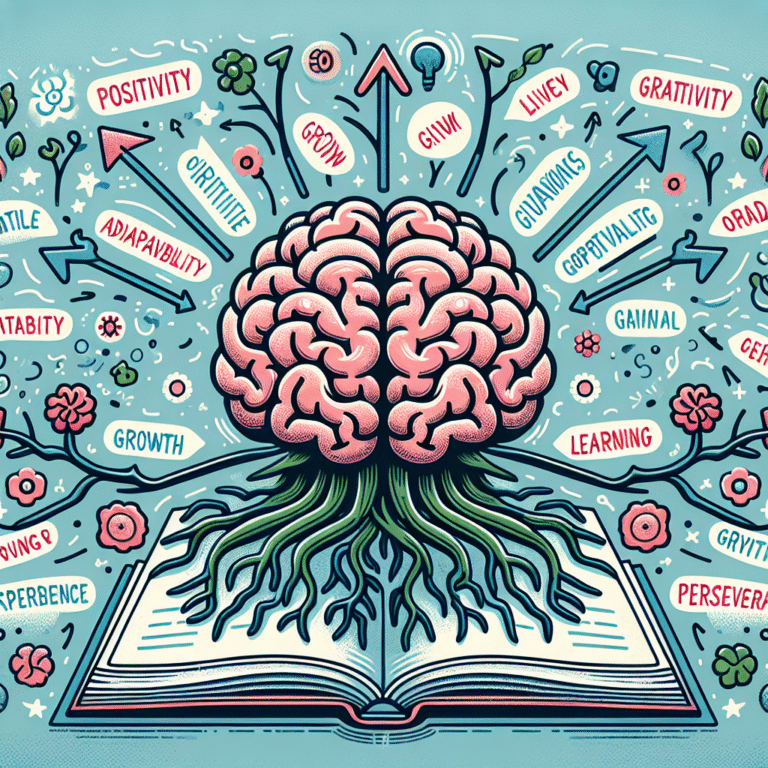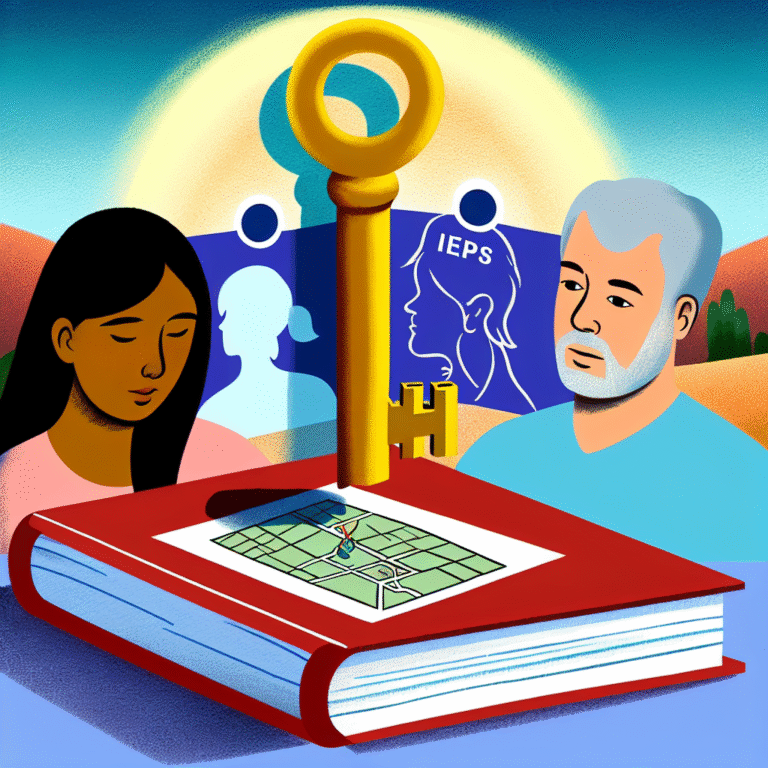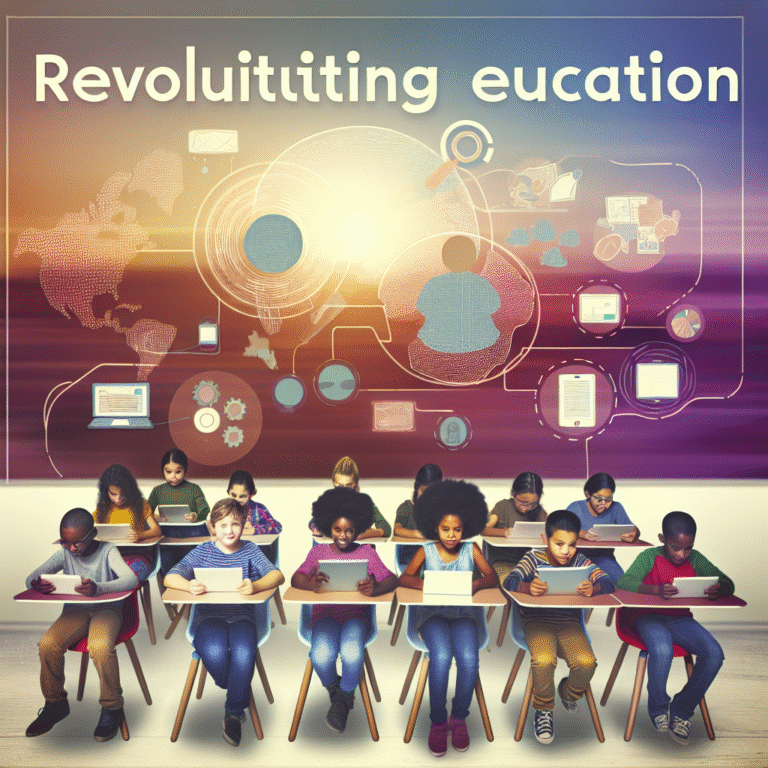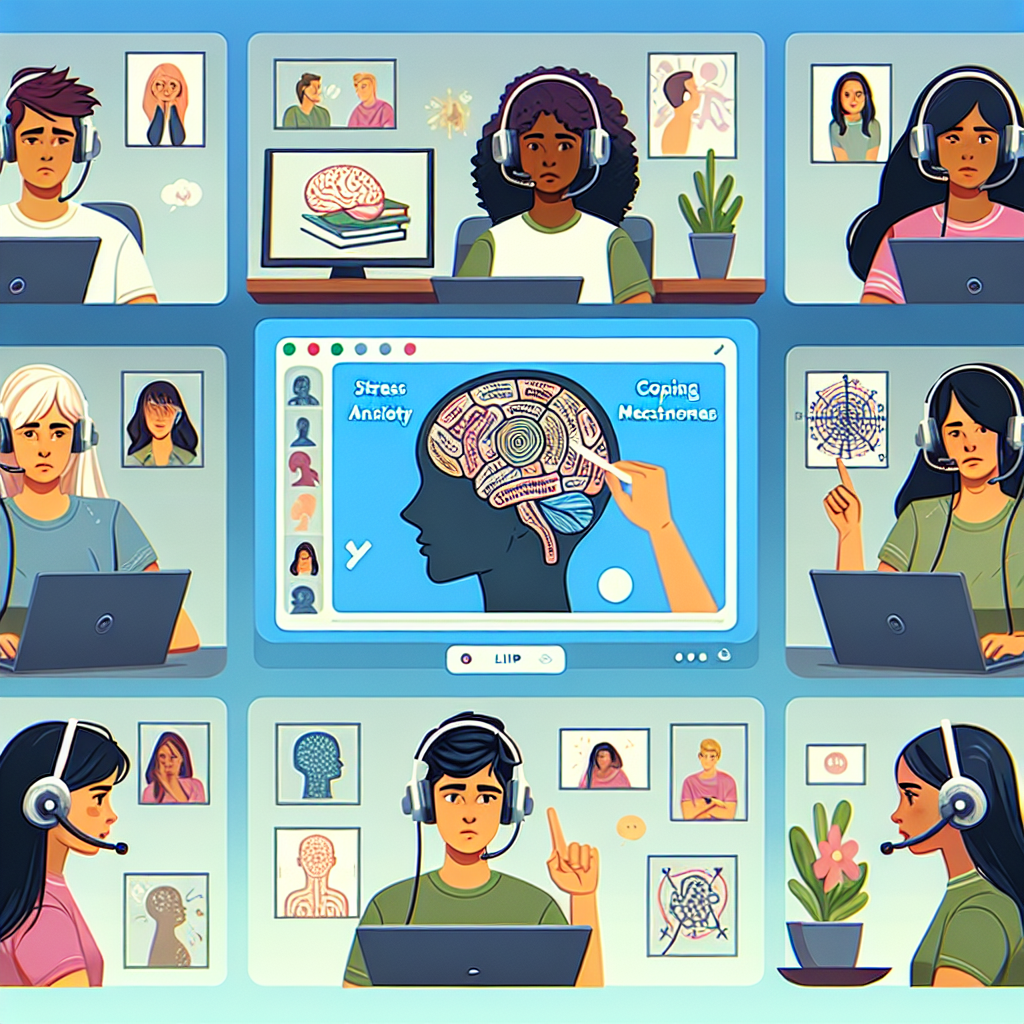
Introduction
In today’s fast-evolving educational landscape, online learning has become a cornerstone of academic engagement. The shift to virtual classrooms—accelerated by global events—presents not only a new way of delivering education but also significant psychological challenges for both students and educators. "The Virtual Classroom: Navigating the Psychological Challenges of Online Learning" examines these hurdles while unlocking effective strategies that empower both learners and teachers to thrive in a digital environment.
Imagine sitting in a room filled with peers, sharing ideas, and laughing together. Now replace that physical classroom with a digital interface; the landscape undeniably changes. How do students replicate those enriching interactions? And how do teachers maintain an engaging learning atmosphere? Acknowledging these shifts is essential for anyone participating in the modern classroom.
Understanding the Psychological Landscape of Online Learning
The Shift from Traditional to Virtual Classrooms
Over the years, the educational system has gradually embraced technology, but the pandemic expedited this transition dramatically. According to a study by the World Economic Forum, over 1.5 billion students were affected by school closures, transitioning to online formats overnight.
Key Psychological Challenges Encountered
- Isolation and Loneliness: Without physical interactions, students can feel disconnected.
- Motivation and Engagement: Traditional cues and interactions are replaced by screens, making it harder for students to stay focused.
- Anxiety and Stress: The pressure to perform academically can manifest into mental health challenges when combined with the new mode of learning.
Case Study: Tech-Savvy Schools Adapting to Virtual Learning
A high school in California implemented a hybrid learning model that combined both online and in-person education during the pandemic. They noticed a significant decline in student anxiety levels when they provided structured schedules and regular check-ins with teachers. By facilitating open communication and peer interactions, this school fostered a sense of community that proved essential for mental well-being.
Table 1: Common Psychological Challenges in Online Learning
| Challenge | Description | Example Impact |
|---|---|---|
| Isolation | Lack of social interaction | Decreased motivation |
| Attention Span | Shortened ability to focus | Lower academic performance |
| Increased Anxiety | Pressure to succeed in a new format | Higher stress levels |
| Technology Fatigue | Exhaustion from prolonged use of screens | Erosion of engagement |
Strategies for Overcoming Challenges
Cultivating Connection in the Virtual Classroom
Creating a supportive environment is fundamental. Teachers can foster connections by incorporating icebreakers and small group discussions. Regular peer interaction not only decreases feelings of isolation but promotes collaborative learning.
Implementing Mindfulness Practices
Mindfulness strategies, such as breathing exercises or brief meditative breaks, can significantly benefit students’ mental states. Research shows that incorporating mindfulness into the classroom can reduce anxiety levels and improve overall student well-being.
Case Study: Mindfulness in Action
A university in New York introduced mindfulness sessions as part of their online curriculum. Their findings indicated a 25% increase in student satisfaction and a significant drop in anxiety levels. Participants reported improved focus and a heightened sense of community.
Table 2: Effective Strategies for Reducing Psychological Challenges
| Strategy | Description | Expected Outcome |
|---|---|---|
| Use of Icebreakers | Small group activities that foster connection | Enhanced engagement |
| Regular Check-ins | Weekly one-on-one sessions with students | Increased student support |
| Incorporate Mindfulness Practices | Short sessions for relaxation | Reduced anxiety and stress |
The Role of Educators
Transformative Teaching Techniques
Educators play a vital role in navigating the psychological intricacies of online learning. They should prioritize creating an inclusive environment where questions are encouraged, and feedback is fostered. Regular communication helps students feel valued and heard.
Embracing Technology with Caution
While technology can enhance learning experiences, it can also lead to burnout. Teachers should ensure that the use of technological tools enhances rather than detracts from engagement.
Case Study: Balanced Technology Usage
A community college in Texas found success with a balanced approach to technology. By limiting screen time and integrating interactive online tools, they facilitated a platform where students felt engaged without the fatigue common in completely virtual settings.
Table 3: Best Practices for Educators
| Practice | Description | Benefits |
|---|---|---|
| Offer Regular Feedback | Continual assessment to enhance learning | Improved student performance |
| Blend Course Materials | Mix traditional and digital resources | Enhanced understanding |
| Facilitate Student Collaboration | Use group projects to build teamwork | Stronger community connections |
Developing Resilience in Students
Fostering a Growth Mindset
Encouraging a growth mindset can empower students to perceive challenges as opportunities for growth rather than insurmountable obstacles. This shift in thinking has demonstrated potential in boosting resilience.
Teaching Time Management Skills
Virtual learning often blurs the lines between personal and academic life. Students should be equipped with time management skills that enable them to allocate their time efficiently between studies and leisure activities.
Case Study: Growth Mindset Workshops
A nonprofit organization launched a series of workshops focusing on developing a growth mindset for students in an online setting. The workshops led to improved academic performance and increased levels of engagement.
Conclusion
Navigating the complexities of "The Virtual Classroom: Navigating the Psychological Challenges of Online Learning" requires a comprehensive approach that considers the emotional and mental needs of both students and educators. By fostering connection, embracing mindfulness, and encouraging resilience, all participants in the online learning experience can find success.
As we continue embracing this educational paradigm, let us ignite motivation, promote collaboration, and nurture every student’s potential.
FAQs
What causes feelings of isolation in virtual classrooms?
- The absence of physical interactions with peers can lead to disconnection, causing students to feel isolated.
How can students stay motivated during online classes?
- They can set small, achievable goals, stay organized, and engage in social interactions like group studies.
What role do teachers play in a virtual setting?
- Teachers facilitate relationships, provide feedback, and foster a supportive environment to help students thrive.
Are there effective mindfulness techniques for online learners?
- Short meditation sessions, deep breathing exercises, and mindful breaks during classes can help reduce anxiety.
- How long should online classes be to minimize fatigue?
- Classes should ideally be 30-45 minutes long, with breaks in between to help maintain engagement.
By addressing these psychological challenges head-on, we can transform the virtual classroom into a space that is not only educational but also deeply enriching.


